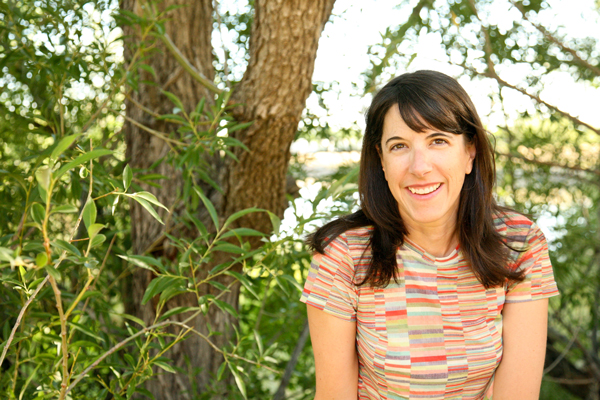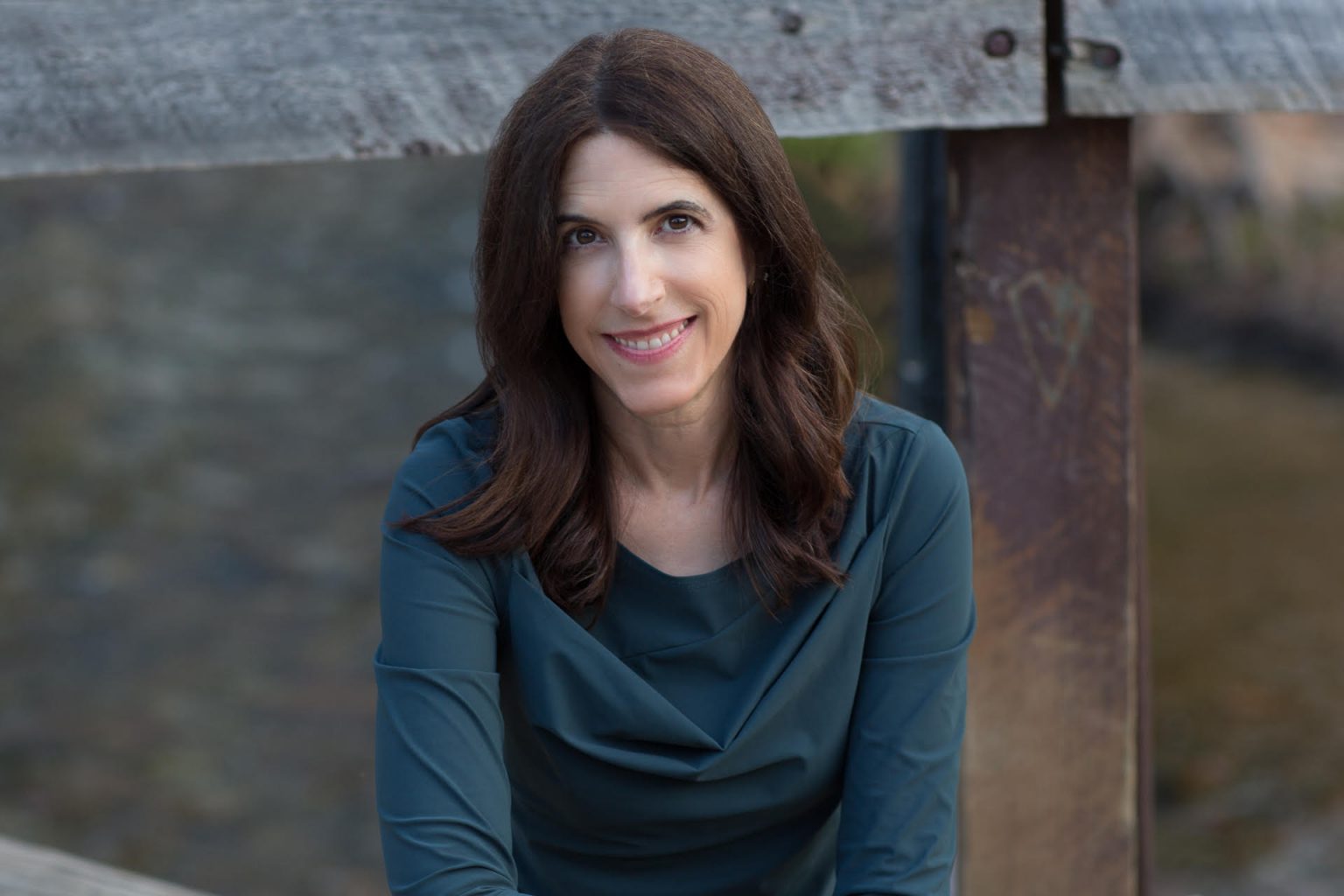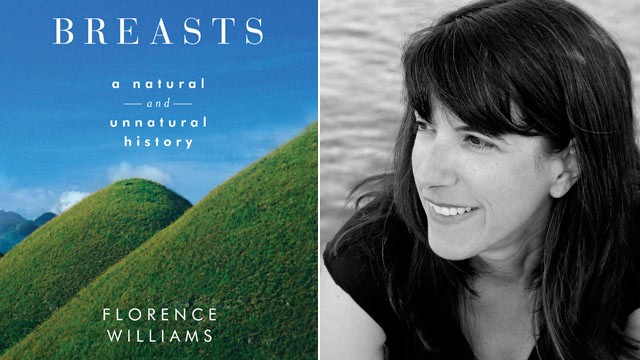

If I were to develop cancer, I’d have to hope for shallow tumors.” So, OK, it’s not as simple as “feel yourself up,” although the commitment to trying is a valuable step. But when it comes to her actual human breasts, she discovers, exploration isn’t so straightforward: “It was harder (and painful) to push down very far through all my natural ropy tissue. Williams actually purchases a fake, cancer-ridden practice breast from -and works it over like some sort of tumor-ridden petting zoo (adorable!).

Um, way to prop up the patriarchy by reinforcing gender roles, monkey boobs. Milk for girls is thin but abundant, while boy milk is fattier and scarcer-the theory being that girls then must stick closer to their mothers for frequent feedings, thus absorbing their social roles, while boys are easily sated and have time to play and explore. On top of that, breasts (at least in rhesus macaque monkeys, whose milk is similar to humans) can actually determine whether a nursing baby is a boy or a girl, and adjust their milk production accordingly. Which, of course, is exactly how it’s supposed to be-but it’s not surprising that so many women are leery of breast-feeding.

That little dude sucks it right out of you like the world’s chubbiest and least stealthy vampire. “That is the equivalent,” Williams writes, “of one thousand light trucks moving one hundred miles per hour.” And do you know where he gets all that energy? Not from the sun, unless you are a fern that somehow learned how to read the Internet (good job!). Babies are cannibals and your breasts may be sexists.Ī male baby requires almost 1,000 megajoules of energy in his first year of life. The result is a fascinating exploration of where breasts came from, where they have ended up, and what we can do to save them Book Details Her investigation follows the life cycle of the breast from puberty to pregnancy to menopause, taking her from a plastic surgeon's office where she learns about the importance of cup size in Texas to the laboratory where she discovers the presence of environmental toxins in her own breast milk. In this informative and highly entertaining account, intrepid science reporter Florence Williams sets out to uncover the latest scientific findings from the fields of anthropology, biology, and medicine. What makes breasts so mercurial-and so vulnerable? Increasingly, the odds are stacked against us in the struggle with breast cancer, even among men. Breasts are getting bigger, arriving earlier, and attracting newfangled chemicals. But in the modern world, the breast is changing. Did you know that breast milk contains substances similar to cannabis? Or that it's sold on the Internet for 262 times the price of oil? Feted and fetishized, the breast is an evolutionary masterpiece.


 0 kommentar(er)
0 kommentar(er)
